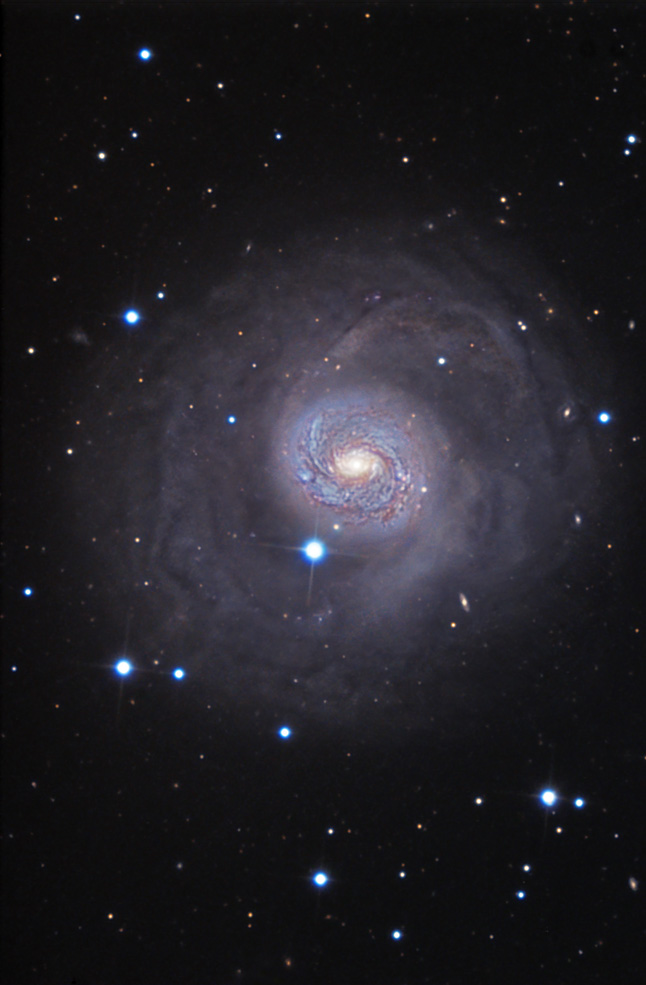Compilation
This is a compilation of 3 stargazes, 1 held by Mr. Percival.
(Note: The dates for the meteor showers are not exact. I couldn't find the dates for 2006 -I forgot to write down the dates, because I had expected to post the day after-, so I used Stardate.org's dates for 2007 showers. The 2006 should be somewhere around there)
Sunday, Dec. 17th, 2006
Place: Service road at PV
Time: 7PM to 9:30PM [5 hours(Mr. P's double time)/Total 8.5 hours]
M Objects: M1, Pleiades, Hyades
Constellations: Orion, Goat-herder, Pegasus, Andromeda, Cassiopea, Cetus, Pisces, Gemini, Ares, Aquarius, Canis major
Stars: Procyon, Sirius, Pollux, Castor, Betegeuse, Rigel
Misc: Telescope used was a Meade (grant). 2 of 3 did not work. The "Torch" is really really cool.
Dec. 16th, 2006:
Time 11PM (Dec. 15) to 12:30AM (Dec. 16th) [1.5 hours/Total 3.5 hours]
Place: My house
Geminid meteor shower. Saw very few (1-2 confirmed, 2 suspected). Saw a satellite.
November 19th, 2006:
11PM (Nov. 18th) to 1AM (Nov. 19th) [2 hours/Total 2 hours]
Place: My house.
Observed the Leonid meteor shower. Saw 9 meteors total.
Interesting fact: Leonids '66 was a meteor storm. 100k to 150k meteors in an hour was the count. Would've loved if Leonids 2006 were decent...
(Note: The dates for the meteor showers are not exact. I couldn't find the dates for 2006 -I forgot to write down the dates, because I had expected to post the day after-, so I used Stardate.org's dates for 2007 showers. The 2006 should be somewhere around there)
Sunday, Dec. 17th, 2006
Place: Service road at PV
Time: 7PM to 9:30PM [5 hours(Mr. P's double time)/Total 8.5 hours]
M Objects: M1, Pleiades, Hyades
Constellations: Orion, Goat-herder, Pegasus, Andromeda, Cassiopea, Cetus, Pisces, Gemini, Ares, Aquarius, Canis major
Stars: Procyon, Sirius, Pollux, Castor, Betegeuse, Rigel
Misc: Telescope used was a Meade (grant). 2 of 3 did not work. The "Torch" is really really cool.
Dec. 16th, 2006:
Time 11PM (Dec. 15) to 12:30AM (Dec. 16th) [1.5 hours/Total 3.5 hours]
Place: My house
Geminid meteor shower. Saw very few (1-2 confirmed, 2 suspected). Saw a satellite.
November 19th, 2006:
11PM (Nov. 18th) to 1AM (Nov. 19th) [2 hours/Total 2 hours]
Place: My house.
Observed the Leonid meteor shower. Saw 9 meteors total.
Interesting fact: Leonids '66 was a meteor storm. 100k to 150k meteors in an hour was the count. Would've loved if Leonids 2006 were decent...


